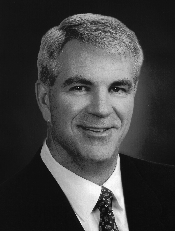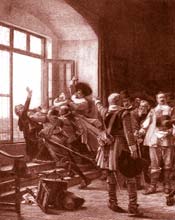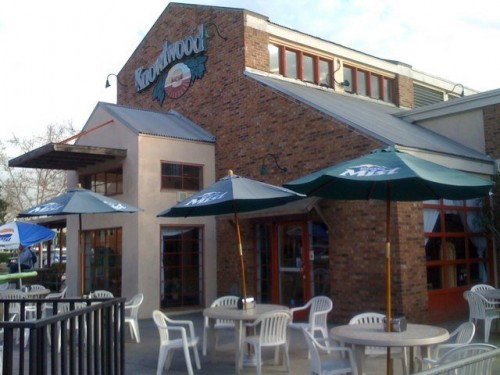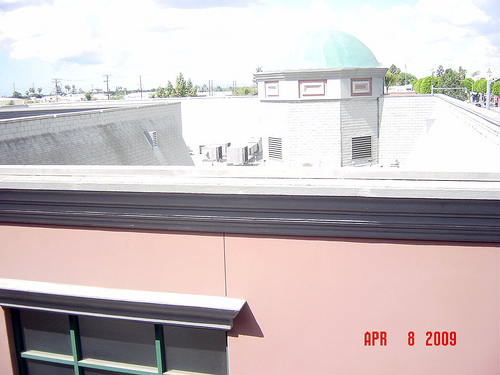In the year 1992 Fullerton’s City Manager Bill Winter was just about out of gas. He had been running on fumes for quite a while and figured it was time to rest on his threadbare laurels. He could also see the handwriting on the wall. A practical cipher, he had let Hugh Berry run the city and the Redevelopment Agency. A culture of permissiveness obtained at City hall during his tenure. Things were about to change – but not for the better.
The Council hired James L. Armstrong to replace Winter. He had been in Anaheim as an Assistant City Mananger and had also done a term at Hanford located somewhere out in the miasma of the San Joaquin Valley.

Armstrong arrived just as the 90s recession was beginning to sink its teeth into the local government wallet. Revenue was falling and something had to be done to protect city workers. Lack of revenue threatened automatic “step increases,” raises, and City PERS contributions. Perhaps Armstrong felt he had the solid backing of the City Council, but the Fullerton novice certainly had no reading of the mood of the electorate.
Within six months of assuming his new job, Armstrong had persuaded Molly Mc Clanahan, Buck Catlin, and Don Bankhead to go along with the imposition of a new Utility Tax. They deliberately denied a plebescite – knowing as they did that it would be rejected. And so they held the usual dog-and-pony budget hearings, passed a budget based on the Utility Tax, and approved the tax, too. Bankhead and Catlin were allegedly conservative Republicans, but that soon became an apparent farce; even worse, Bankhead had run for re-election in the fall of 1992 promising no new taxes!
The citizenry rose up in fury! Raising taxes during a recession just to protect city employees? The tocsin was sounded and an strange new locution echoed through the corridors of City Hall – Recall! The word had never been uttered in staid, conservative Fullerton before. The statists and the public employee unions, and Fullerton’s good-government liberals were aghast. The newly energized pro-recall crew were seen as outsiders – who are these people, they’ve never served on one our precious committees! Barbarians at the gates! God, almighty! Civilization itself was at stake.

Within a year the Recalls Committee, gained their signatures, placed a recall on the June 1994 ballot, and successfully recalled Catlin, Bankhead and McClanahan. He had only been on the job eighteen months, but our hero Armstrong had instigated a municipal civil war, and had managed to mismanage three of his supporters into ignominious political humiliation.

The way things ultimately worked out, the new Councilmembers were no better than the old. But the Utility Tax was repealed during the interregnum; without it the City got along just fine. But because the Old Guard had managed to hang on to elected office the managers in City Hall never had to confront the consequences of their point-blank refusal to reconsider the way they ran their departments. This was Fullerton after all.
Meantime Jim Armstrong was a busy fellow. He presided over just about every Redevelopment fumble, boondoggle, and cover-up of the 1990s; he made it very clear that when bureaucrats blundered the wagons were to be circled and nobody (in City Hall) would be any the worse for it. The jewels in his tarnished crown were the attempt in 1993 to forestall the Depot corrective work caused by incompetent design (full story coming soon), the complete mismanagement of the new Corporate Yard project, the deployment of attack dog Susan Hunt – whose job was to kick all citizen groups out of city facilities and keep them out, and his mania to turn public facilities into cost centers administered by city employees (see related post on Hillcrest Park).

An aura of arrogance clung to City Hall like the ripe aroma surrounding the local Materials Recycling Facility; the City Council was just there to ratify Armstrong’s policy. If they liked that, so much the better. And they sure seemed to.

Armstrong’s miserable misrule came to an end in 2001 when he took the top job in Santa Barbara – you see in Jim’s line of work nothing succeeds like failure. And he set the bar high for his successor, Chris Myers, who learned from the best: when you find a cushy spot like Fullerton where nobody demands accountability, stick to it like a barnacle – until something better comes along. In the meantime – close ranks, clam-up, and cover up.











